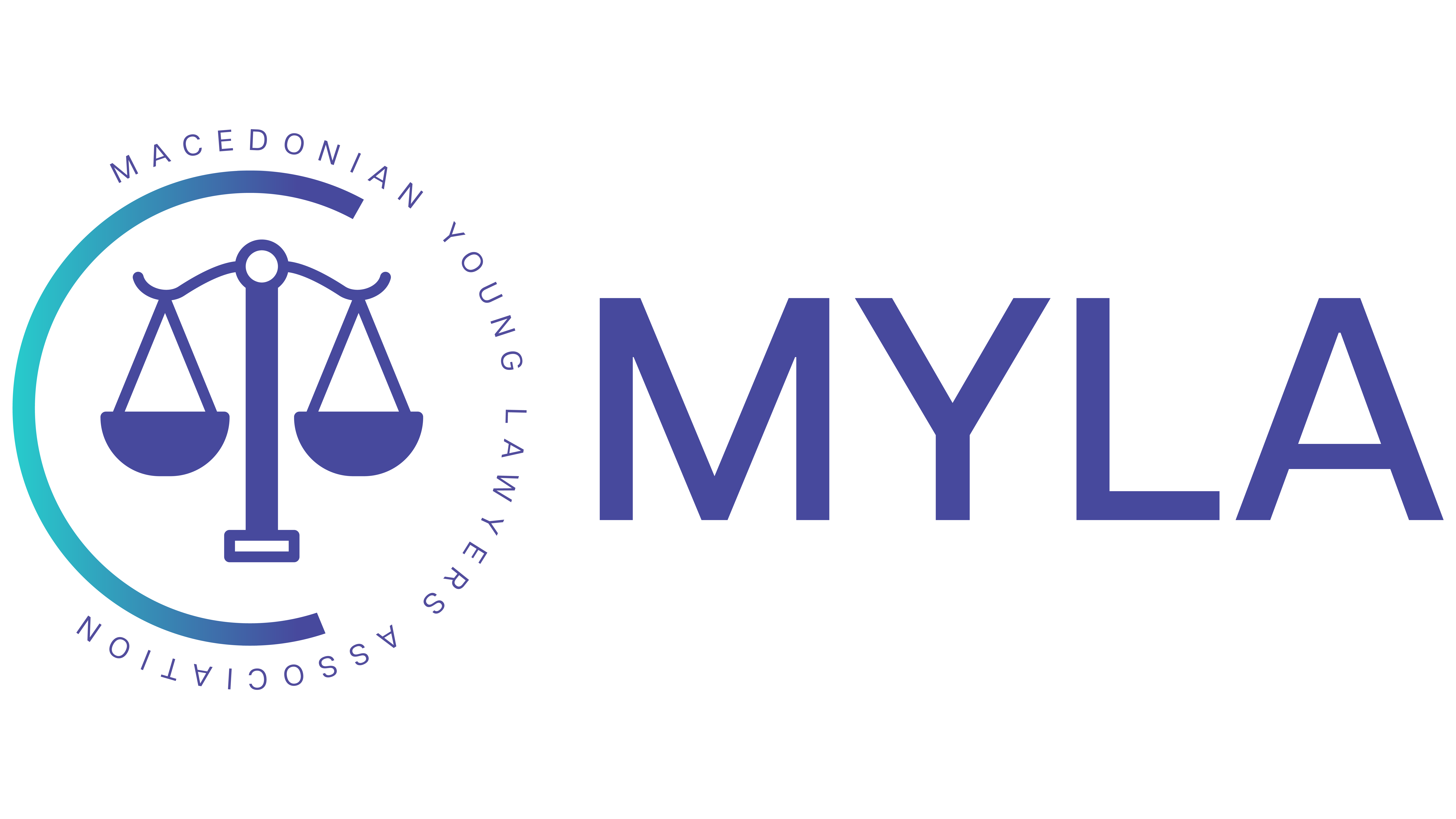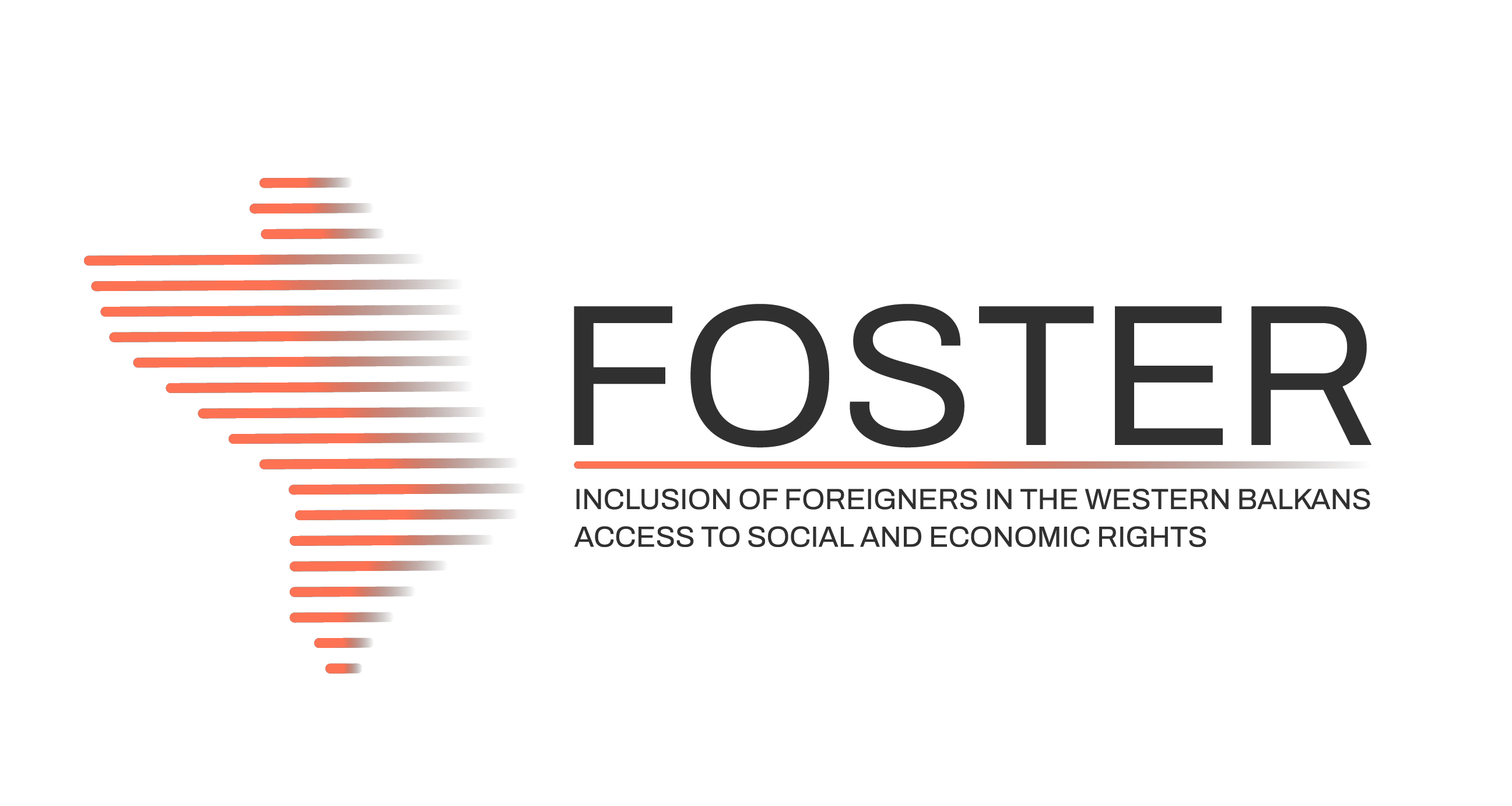 Jun
05
2023
Jun
05
2023
What we do in the shadows – the sixth Protecting Rights at Borders Report (PRAB)
What we do in the shadows
The sixth Protecting Rights at Borders Report (PRAB) brings new data on the systematic pushback practices that continue at multiple EU borders. In the first quarter of 2023, 10.691 individual cases of people experiencing pushbacks at European borders have been documented by the PRAB initiative and/or Governments’ procedures. 1.611 of these have undergone a thorough interview process by a PRAB partner to record their demographics, migratory routes, and the rights violations they were exposed to in the joint PRAB data collection tool.
Rights violations remain part of “welcome treatment” during pushbacks
The number of pushbacks documented remains an underrepresentation, as many pushbacks go undocumented as is outlined in the report. While it has been claimed by Frontex and others that the number of irregular arrivals is again at pre-pandemic levels, our report outlines that the rights violations that are part of Europe’s “welcome” treatment for those being pushed back can – unfortunately – also be compared to pre-pandemic levels.
Simone Alterisio, Border Program Diaconia Valdese,says: “Access to asylum is not respected at the internal border between Italy and France, in Monginevro, Modane and Ventimiglia. The pushbacks carried out by the French police are systemic and there is no individual examination of the cases in accordance with human rights as safeguarded in national, European and international law. The number of unaccompanied minors and women travelling alone with children is increasing, but the protection which should be provided to them is not.”

Denial of access to asylum procedures was further also reported to PRAB partners in 44% of all pushback cases recorded at the border between Croatia and Bosnia and in 88% of the cases recorded at the border between Hungary and Serbia
This is not the only right violation. The percentage of persons reporting physical abuse / assault, is equally shocking and amounting to 62% at the border between Hungary and Serbia, and 54% at the Greek – Turkish border. While at the latter border, 54% also reported experiencing inhuman and degrading treatment, a treatment also experienced by 64% of those being pushed back from Croatia to Bosnia-and-Herzegovina.
Of all pushbacks recorded, 16% addressed children, of which 9% travelled with their families while 7% are unaccompanied or separated children.
Sergej Stoma, researcher, Diversity Development Group says: “The new amendments to the Lithuanian Law on the State Border and its Protection, adopted on 3 May 2023, introduced the requirement of individual assessment of each irregular border crossing and a general “turning away” policy. These developments demonstrate further denial of the de facto situation on the border and unwillingness to ensure safety and humanitarian needs of persons on Lithuanian territory.”
No nationality is immune against the rights violations occurring at European borders.
Mixed migration movements to Europe continue to be characterised by a great variety of nationalities and countries of origins, as well as a mix of background reasons behind the decision to leave.
Main nationalities met along the internal and external borders are once again Afghans, Syrian and Pakistanis. However, people are also being pushed back from Turkey, Sudan, Palestine, Sierra Leon, but also Russia and Ukraine.
Walls, fences and high tech at Europe’s border, the new normal aiming to prevent people from arriving and possibly even hurting them on route
Since the refugee ‘crisis’ of 2015, European Member States have built more than 1700 km of walls to control migration and t protect external borders.
People have however always migrated and will continue doing so. EU Member States’ focus on walls, fences and the use of high tech to prevent people from crossing borders will not stop people’s attempts to reach safety, nor has it ended police brutality recorded at borders.
PRAB partners have made an overview of the existing hard and smart borders,that have been identified at the borders where they work. The policy note “Walls & high tech at Europe’s borders: the new normal and a tool to prevent people from crossing the borders and even injuring those trying to reach safety” can be found here.
The rights of those seeking safety continue to be violated, while those helping suffer criminalization
This PRAB report should not been seen in isolation. This report, jointly with many other reports, outlines once again the rights violations daily occurring at Europe’s borders. Pushbacks and police brutality remain as a de facto border management tool, with impunity being the norm while little to no pathways to justice for the victims exist.
Based on a humanitarian imperative – aiming to save lives – many people, as well as humanitarian organisations, have over the past years, even decades, supported people on the move. While some have helped with providing access to basic services, including food, shelter and medical support, others have taken legal steps challenging the rights violations at EU borders.
Some European Member States have started or continue to criminalize those providing assistance, aiming to end solidarity with people on the move at all costs. This has escalated further in some European countries to effectively target human rights defenders. Saving lives is not merely a moral duty, it is a legal obligation in international human rights law.
Charlotte Slente, Secretary General DRC, says: “The continuous violation of the rights of people on the move at Europe’s borders is alarming – as is the ongoing criminalisation of those aiming to alleviate the suffering of people on the move as well. In some countries the work done by humanitarian actors to assist people on the move is at risk. That also includes some of the partners in the PRAB initiative. This is unacceptable. It is high time to ensure compliance with international legal frameworks, for those aiming to find safety and for those providing humanitarian assistance.”
Download the report “What we do in the shadows”, here.






